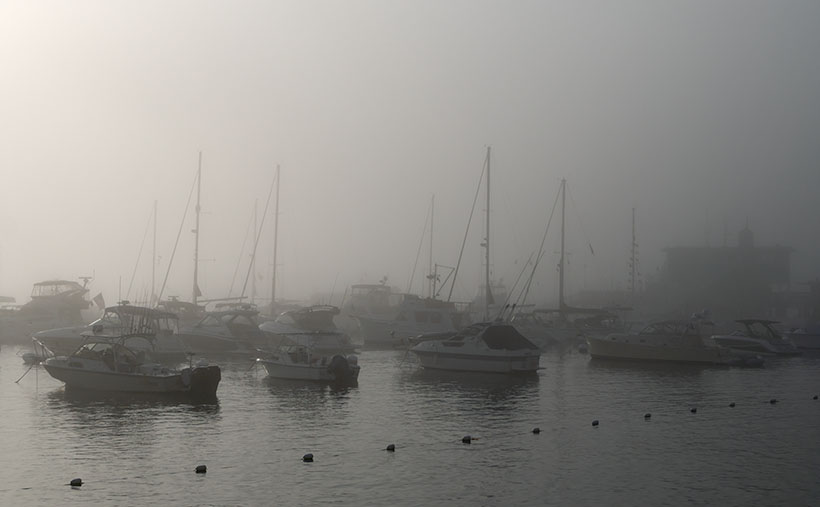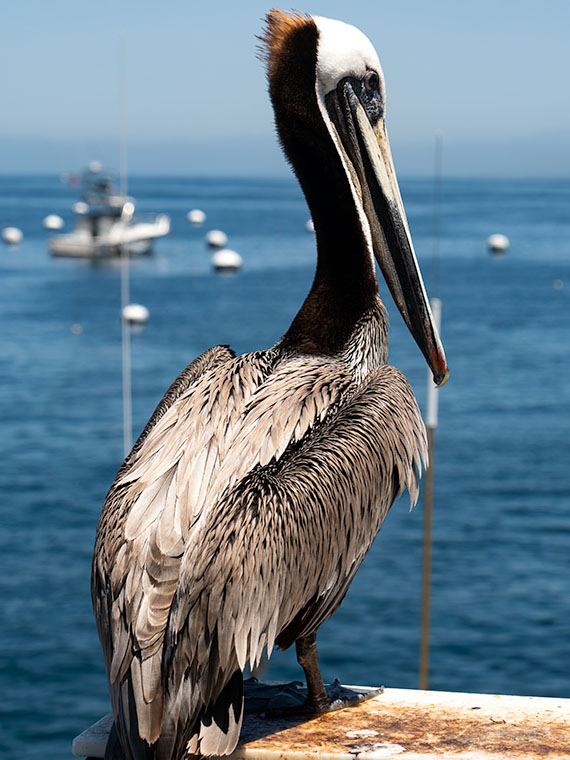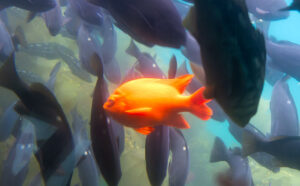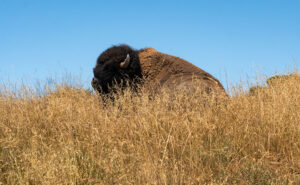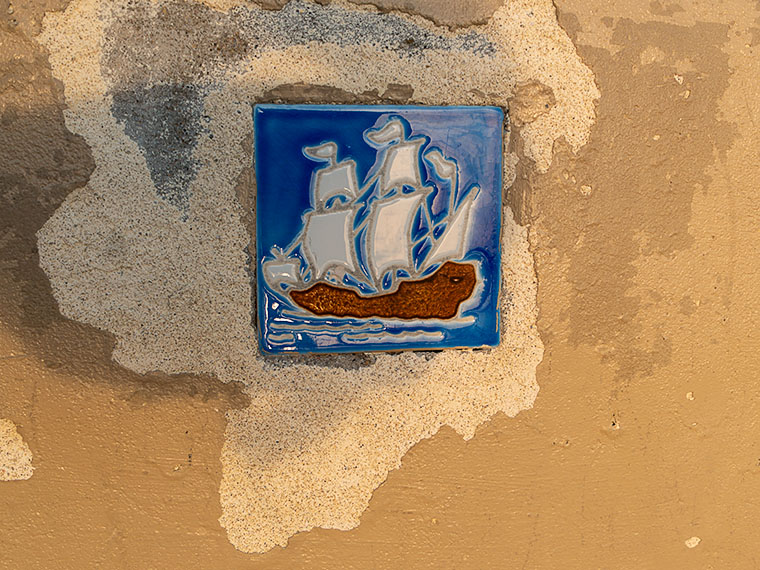
Unless you’re one of those people oblivious to the world around them, one of the first things you notice as you walk from the ferry to your hotel is ceramic tiles. They’re everywhere. They’re on the buildings, walls, and stairs, covering the central fountain on Crescent Street. You may wonder, “What’s up with all those tiles?” To help explain, here’s the Cliffs Notes version of the history of the tiles.
The soil in Southern California—including the Channel Islands—has abundant clay deposits. That’s a good thing if you’re a potter or want red tile roofs adorning Spanish Revival Architecture, which is historically prevalent in the L.A. basin. It’s not something I’d do, but after William Wrigley (the chewing gum tycoon) bought Catalina, he thought he’d benefit somehow if he lured some tourists there. One of his strategies was to add glitz to the drab buildings—like putting ornaments on the Christmas tree, as it were. He’d seen the Mediterraneans adorn their homes with ceramic tiles in his worldly travels. So in 1923, he started the Catalina Pottery and Tile Company. The factory started manufacturing traditional Moorish designs but added pictorial tiles featuring exotic birds, fish, and large-scale murals as they grew. They were an instant hit.
Southern California architects and designers wanted them for their projects, so the tile company soon began shipping the colorful ceramic squares to the mainland. Their popularity spread like wildfire, and in the ’20s and ’30s, the Catalina Tile Company sent products worldwide. Sadly, fashion is fleeting, and the demand for Catalina tiles declined in the late ’30s early ’40s. Eventually, the Wrigleys shut down the factory.

Years of vandalism and neglect began to take a toll on the historic Avalon tiles. After the turn of the millennium, Avalon’s city council hired a local artist to restore the town’s central fountain (unfortunately, I couldn’t discover her name). Still, the legend says that homeowners commissioned her to bring the rest of the town back to life once she began working on the fountain. She hand-made copies of the originals and didn’t have time for other projects. She spent the remainder of her life restoring Avalon’s history.
During our May visit, I assigned myself a sub-project. Before Queen Anne rose from the dead in the mornings, I got up and scoured Avalon for unique tiles. The Moorish patterns found on the walls and fountain are common, but I was hunting the pictorial specimens—like a personal scavenger hunt—or today’s geocaching like my brother-in-law—Don—does. Along the backstreets, I found several unusual ones, and this week’s featured image is my favorite. It depicts Cabrillo’s (the Spanish explorer and first European to visit—and name—Santa Catalina) galleon. Someone glued it to the stucco wall of a residence. The tile looks new, although the wall is damaged. I included the stains and marring in this composition. I also really like the blue/yellow contrast in this image. I titled the photo Galleon Tile.
This is the final post of our Catalina adventure. It’s hard for me to leave and return to the hot, damp desert. Next month, I’ll start something new next week, in some other pleasant location. I hope you liked seeing my Avalon images and reading my stories. In case you want to see more, there’s good news. I published another new book titled Avalon—Romance Twenty-Six Miles Away. With this publication, I decided to skip Amazon because they don’t add to the marketing—they only tack on 15%. So, if I’m not going to sell books, I can not sell them in the publisher’s (Blurb) bookstore cheaper than not selling them on Amazon. But wait! I thought of you—my loyal subscribers. I sprung for a PDF version that you can download at no charge; that way, you can look at the additional pictures and print your copy for your library.

-
- If you want to see the hard copy on its listing page (you can scroll through the book), click here.
- If you want to download the free pdf version (you can save it to your hard drive), click here.
- If you’d like to see a larger version of this week’s featured image, click here.
Till next time
jw


